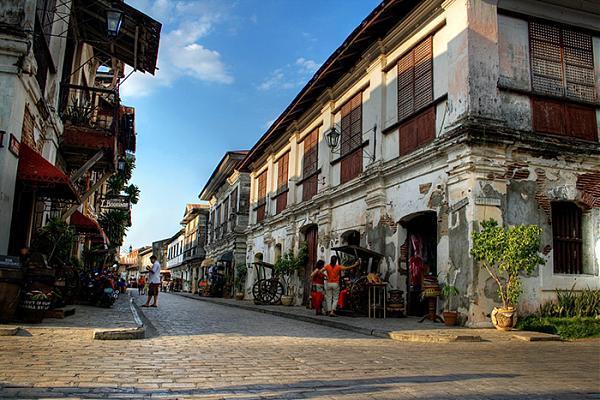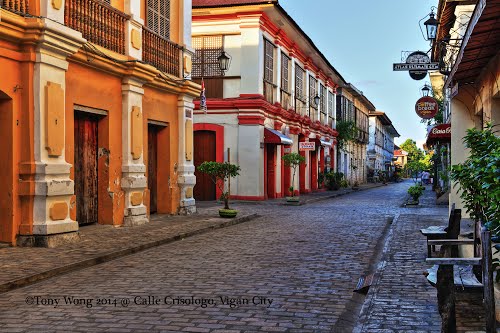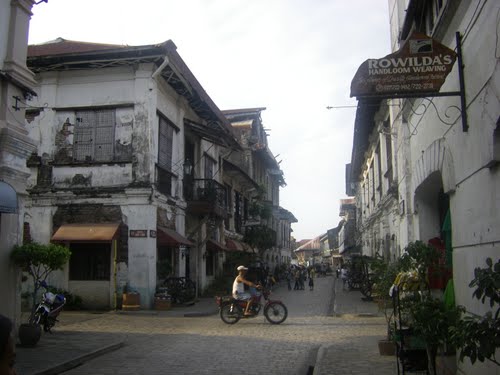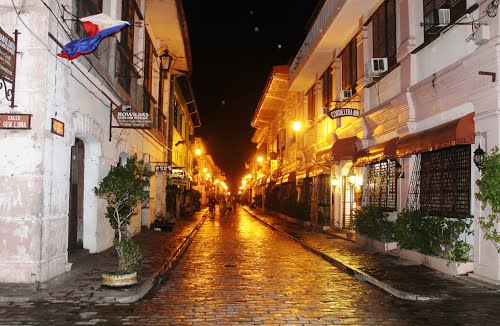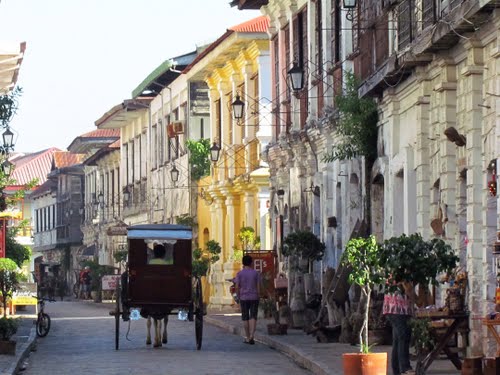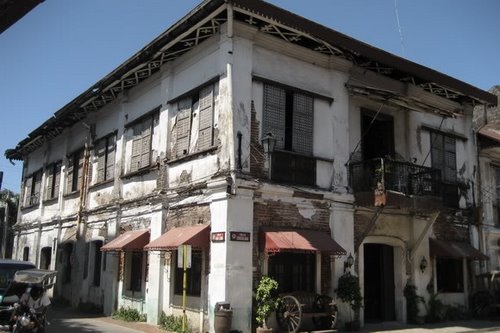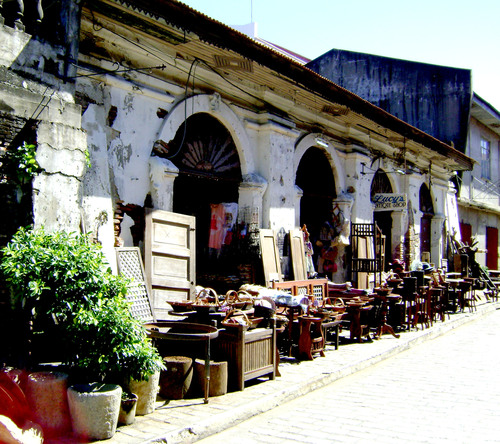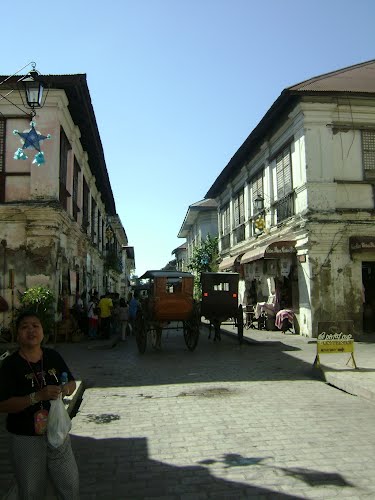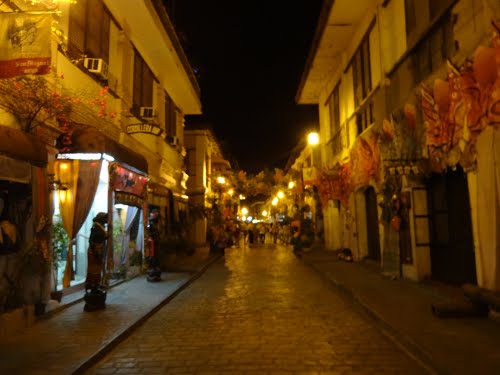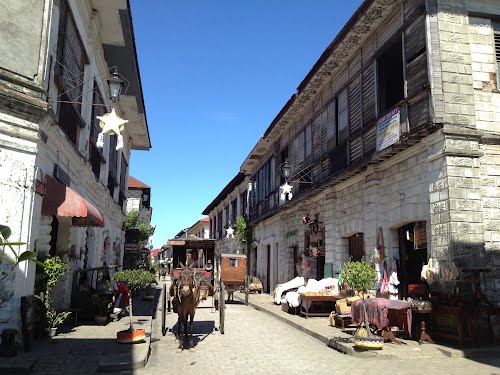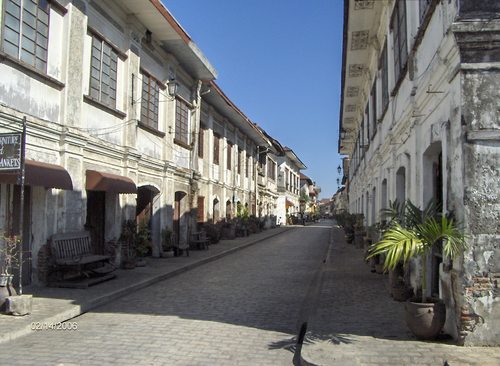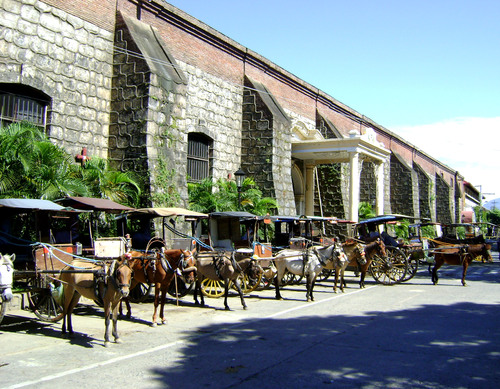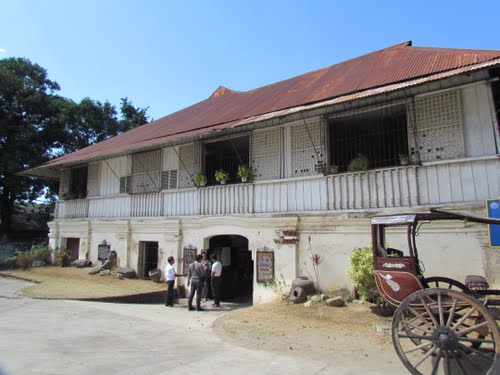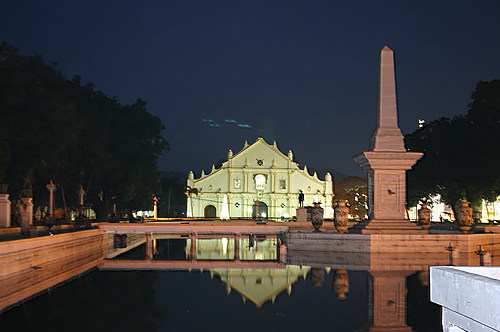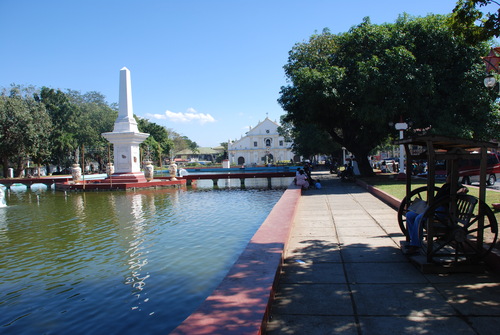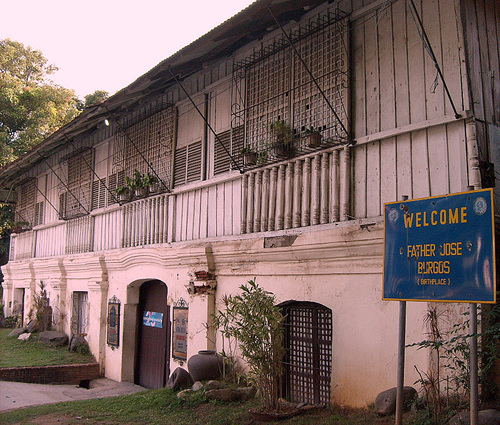Vigan, officially the City of Vigan is a fourth class city and capital of the province of Ilocos Sur in the Philippines. The city is located on the western coast of the large island of Luzon, facing the South China Sea.
It is a UNESCO World Heritage Site in that it is one of the few Hispanic towns left in the Philippines where its structures have remained intact, and is well known for its cobblestone streets and a unique architecture that fuses Philippine and Oriental building designs and construction, with colonial European architecture. In May 2015, Vigan City was officially recognized as one of the New7Wonders Cities together with Beirut, Doha, Durban, Havana, Kuala Lumpur, and La Paz.
The city is also one of the only two members, the other being the town of Miagao in Iloilo, of the UNESCO World Heritage Cities located in the Philippines.
History
Due to silting of the Mestizo River, Vigan City is no longer separated from the mainland, therefore no longer an island. The city is unique in the Philippines because it is one of many extensive surviving Philippine historic cities, dating back to the 16th century.
Vigan was a coastal trading post long before the Spaniards arrived; Chinese traders sailing from the South China Sea came to Isla de Vigan (Island of Vigan) via the Mestizo River that surrounded it. On board their ships were seafaring merchants who came to trade goods from other Asian kingdoms in exchange for gold, beeswax, and other mountain products brought by the indigenous peoples from the Cordillera region.
In the book The Philippine Island two letters from Governor-General Guido de Lavezaris to King Philip II of Spain mention: "It seemed best to send Captain Juan de Salcedo with 70 or 80 soldiers to explore the coast of Los Ilocanos on the shores of the river called Bigan." The Spaniards led by Salcedo marched north from Manila on May 20, 1572. They arrived in Vigan on June 13, 1572.
Thus, after the successful expedition and the exploration of the North, Juan de Salcedo founded "Villa Fernandina de Vigan" in honor of King Philip II’s son, Prince Ferdinand, who died at the age of four. From Vigan, Salcedo rounded the tip of Luzón and proceeded to pacify Camarines, Albay, and Catanduanes. As a reward for his services to the King of Spain, Salcedo was awarded the old province of Ilocos, which consisted of the modern provinces of Ilocos Norte, Ilocos Sur, Abra, La Union and part of Mountain Province as his hacienda (estate), and was accorded the title of Justicia Mayor de esta Provincia de Ylocos.
In 1574, Salcedo returned to the capital of his encomienda, Vigan, bringing with him his soldiers and some Augustinian missionaries to pioneer the evangelization of the Ilocos region. He established a Spanish city for the purpose of controlling the neighboring country.
Between 1645 and 1660, Vigan was divided into 21 Cabezas de Barrio. Separated from the indigenous population, the Chinese migrants were residents in a neighbourhood called El Pariancillo, los Sangleyes del parian and the Spanish settlers were residents in a town called Los Españoles de la Villa.
During the Philippine Revolution, revolutionary forces under Manuel Tinio, supported by the Ilocano rebels, attacked and defeated the Spanish colonial forces and captured the city in the Siege of Vigan. During the Philippine-American War, American forces led by Commander McCracken and Lt. Col. James Parker occupied the town in Nov. 1899.
At the start of World War II, Vigan was one of the first places in the Philippines invaded by Japan on 10 December 1941. In 1945, combined U.S. and Philippine Commonwealth ground troops, aided by Ilocano resistance fighters, defeated the Japanese Imperial forces and liberated Vigan.
n 1999, Vigan was listed by UNESCO as the best preserved example of Spanish colonial towns in Asia. Its architecture is the conglomeration of cultural elements from the Philippines, China, and Spain, making it unique in the world.
On December 7, 2014, Vigan was named as one of the New7Wonders Cities.



